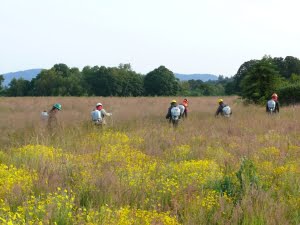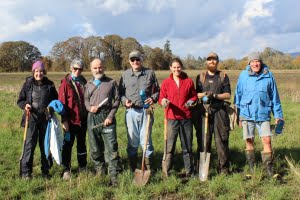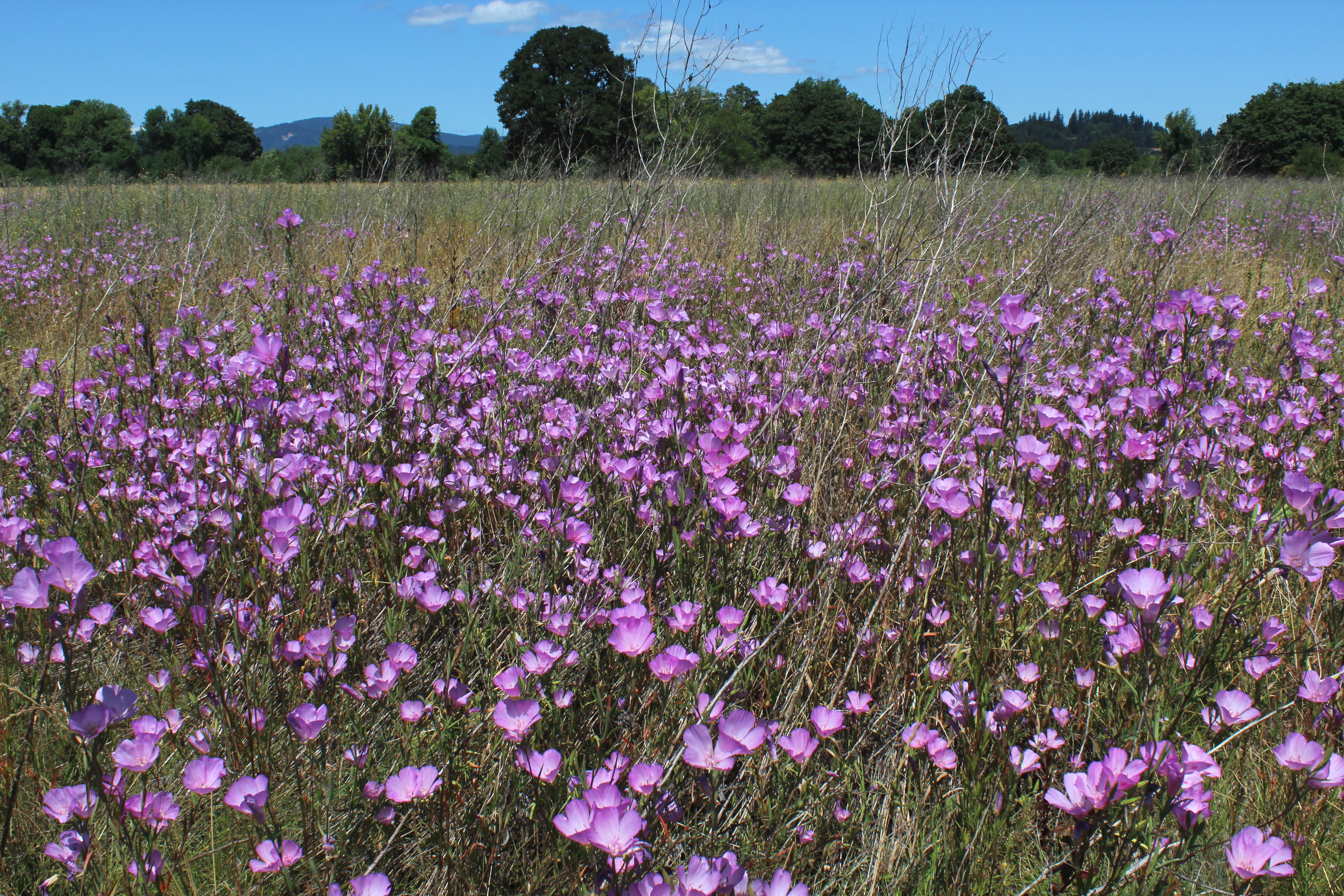
Farmland transformed to diverse habitats: Seven years of restoration at Herbert Farm & Natural Area
by Peter Moore
September 2019
The Institute for Applied Ecology (IAE) has been helping restore Herbert Farm and Natural Area since 2012. Along the way, there has been valuable collaboration and funding by partners, including City of Corvallis (the landowner), Oregon Department of Fish and Wildlife, Bonneville Power Administration, U.S. Fish and Wildlife Service, Oregon Watershed Enhancement Board, Center for Natural Lands Management and The Confederated Tribes of Grand Ronde.
When we started the restoration process, there were nearly 175 acres of ryegrass fields and fallow grassland on the 221 acre property and these have been gradually converted to natural areas – mainly prairie and riparian forest. A great deal of site preparation was needed before seeding and planting. Ongoing weed maintenance is needed to keep the invasive species in check. A variety of tools have been used, such as herbicide, mowing, prescribed burns, tree thinning and hand weeding.
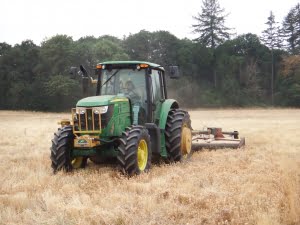

Planting at Herbert Farm and Natural Area has taken a variety of forms, whether it be seeding prairies with a diverse mix of native flowering forbs or grasses with a no-till drill or broadcast seeder, a contract crew hand planting bare-root native trees and shrubs, or a team of IAE’s stalwart volunteers planting bulbs of large camas (Camassia leichtlinii).
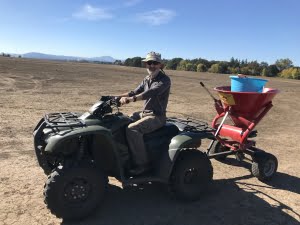

It is five years since the first plantings were made in the west part of Herbert Farm and the fruits of our labors are now starting to show. Early establishing species in the prairies are the annuals, such as common madia (or tarweed, Madia elegans) or farewell to spring (Clarkia amoena) and they have been greeting visitors with beautiful floral displays in the spring and summer. More recently the perennial flowering plants, such as woolly sunflower (Eriophyllum lanatum) and grasses such as Roemer’s fescue (Festuca roemeri) have come into their own. Riparian trees such as bigleaf maple (Acer macrophyllum) and shrubs such as Nootka rose (Rosa nutkana) are really starting to take off as the forest becomes established.
Many pollinators and birds are taking advantage of the new habitat, and even beavers get to chew on some cottonwoods (Populus trichocarpa) and willows (Salix sp.) – thankfully, the trees usually re-sprout!
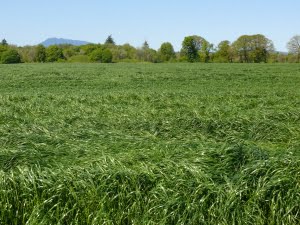
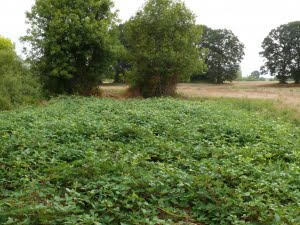
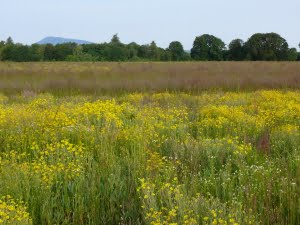
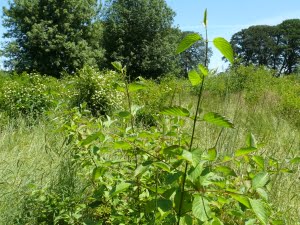

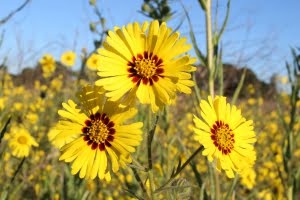
Another aspect of work is the augmentation of remnant small populations of threatened plant species, such as Nelson’s checkermallow (Sidalcea nelsoniana) and Kincaid’s lupine (Lupinus oreganum), or introduction of new species, like golden paintbrush (Castilleja levisecta), by planting seed and potted plugs. These introductions contribute to range-wide efforts to prevent extinction of these species.
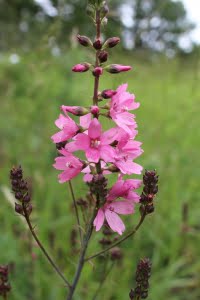


Several habitat units on the east side of Herbert Farm and Natural Area are also in the process of being restored by IAE and the City of Corvallis, with the help of partners and contractors. For example, 6 acres of oak woodland had over-topping Douglas fir removed in 2018.
Other formerly-farmed fields are being converted to prairie with a focus on providing habitat for the streaked horned lark, which is a threatened bird species. See a previous blog https://appliedeco.org/calling-all-streaked-horned-larks/ about using decoys and song play-back to encourage breeding by the larks. This, and providing bare ground and sparsely vegetated habitat, was successful in 2019 with two nests producing chicks! The birds had not been documented nesting on this site for more than a decade, so it is very exciting that they are beginning to come back.
All in all, restoration at Herbert Farm and Natural Area has increased the opportunities for the community to view native habitats and wildlife. Details about visiting the park can be found on the City of Corvallis Parks and Recreation website https://www.corvallisoregon.gov/parksrec/page/herbert-farm-natural-area. Visitors are encouraged to keep their dogs on leashes to protect the vulnerable wildlife, including ground-nesting birds such as the threatened streaked horned lark.
Many thanks to our partners, contractors and volunteers for their continued contribution to restoration at Herbert Farm.
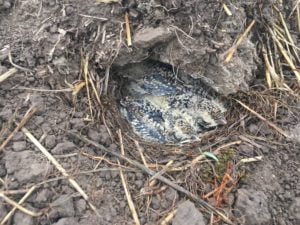

Restoration
Research
Education
Contact
Main Office:
4950 SW Hout Street
Corvallis, OR 97333-9598
541-753-3099
info@appliedeco.org
Southwest Office:
1202 Parkway Dr. Suite B
Santa Fe, NM 87507
(505) 490-4910
swprogram@appliedeco.org
© 2025 Institute for Applied Ecology | Privacy Policy
